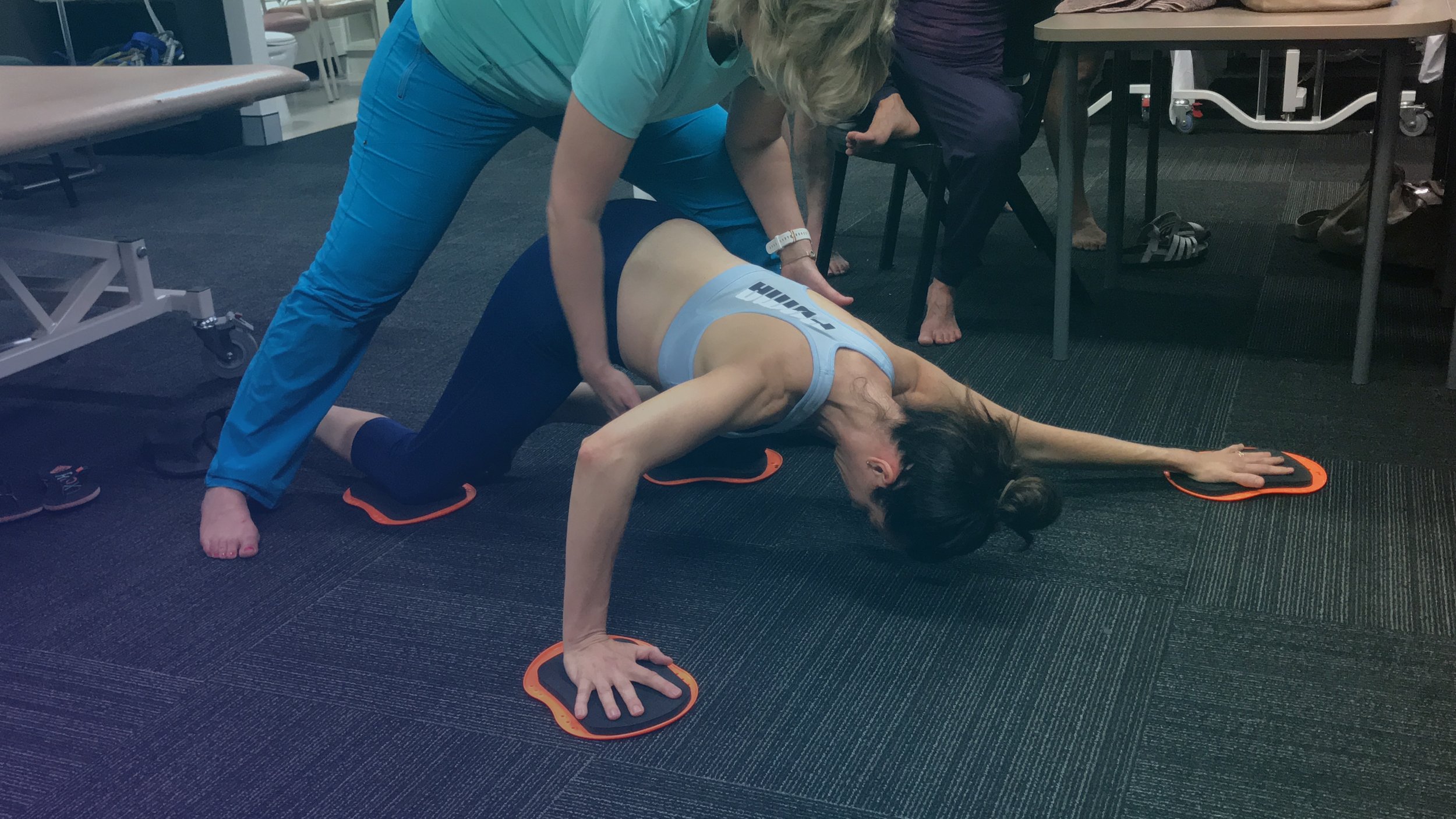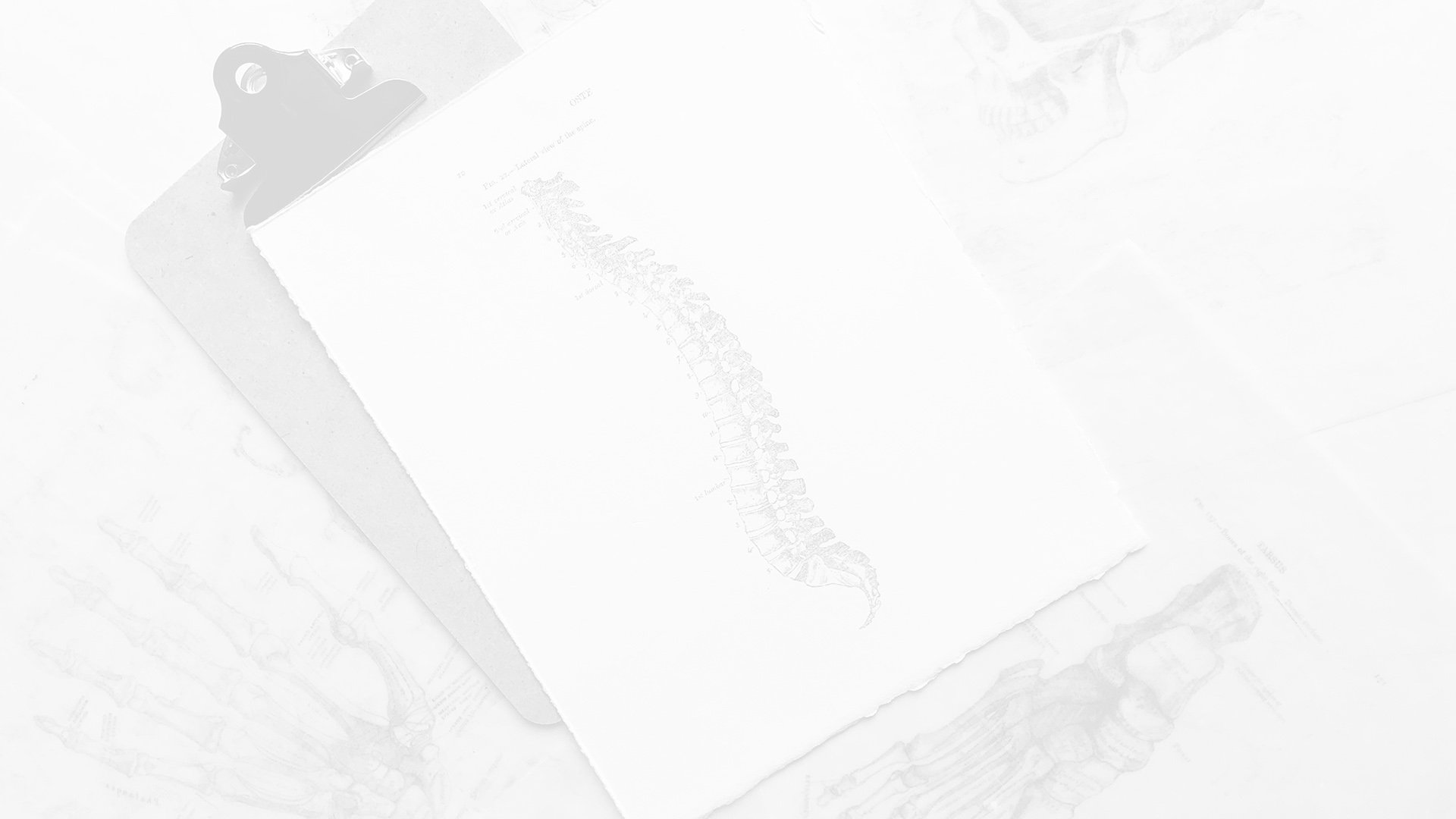
FAQ
-
Unconditioned muscles are unfit and therefore unable to cope with exercise or even postural demand. When an adjustment is delivered to a spinal segment, the response to the adjustment is to stimulate those unconditioned muscles by stretching them. By doing so it’s asking the muscle to work more. If these muscles are asked to work beyond their current ability of endurance, they fatigue or are overloaded, which is expressed as soreness or pain.
Another reason for post adjustment soreness is that chronically restricted joints often develop fibrotic adhesions and shortened connective tissue due to lack of movement. An adjustment stretches tight connective tissue and/or breaks joint adhesions, which may lead to some initial soreness until optimal joint movement is achieved.
-
As chiropractors we are trained to deliver specific treatment modalities depending on what you have injured. However, our treatment goes beyond that. A patient’s complaint of pain is usually a localised expression of more general dysfunction elsewhere in the body. And treating key regions of the neck, mid back, and lower back and pelvis can have far reaching effects in muscle tone, joint awareness and body perception.
Your neck for example has a huge bed of receptors giving the brain information about balance and posture for the whole body. If this information is inaccurate due to the joints and muscles being dysfunctional, the brain doesn’t have the correct information it needs to make microsecond decisions on balance and posture and can leave joints susceptible to further injury and degeneration. Therefore, treating any neck dysfunction in people with low back pain will improve whole body balance and posture, hence giving your lower back injury the potential to recover more quickly and more long term.
-
The joints in your spine get locked down by the brain due to them becoming hyper mobile (moving too much). The brain locks them down because it no longer knows how to control them. The brain loses control because they are not being used in their full potential through all different planes of motion. This disuse or inappropriate use of our joints can be due to specific trauma such as whiplash, falls, and sporting injuries or can be from more sedentary issues such as desk work, sitting or not getting enough exercise. Refer to posture and ergonomics.
-
Chiropractic and osteopathy are treatment approaches which focus on correcting not only local sights of pain but also attempt to correct the root cause of the injury. They are trained as primary health care professionals. This means they have vast training on diagnosing muscular skeletal pathology or dysfunction
They see themselves as muscular skeletal experts and utilise a combination of skills including manipulation or adjustments, release techniques, rehabilitation and massage technique. Not every practitioner practices the same way and some injuries may need a different approach to achieve the desired result.
The fundamental difference between osteopathy and chiropractic is that osteopathy has a vascular bias, whilst chiropractic comes from a nerve based philosophy. Osteopathy believes that blood is the component which is critical in healing. Whilst chiropractic believes that normal nerve function influences the bodies’ entire state and therefore its overall health status.
Both professions believe that structure i.e. the body and its parts governs the function i.e. the way it works. Both professions are taught to adjust the spinal joints through manipulation or more passive techniques. This can be as much practitioner based as professional difference.
Physiotherapy treats muscular skeletal injury as well. They have more a rehabilitation based approach to treatment. However, some practitioners do offer hands on treatment and work similarly to both structural chiropractors and osteopaths. They are not taught spinal manipulation as part of their formal undergraduate training.
-
Chiropractors train for 5 years at university and graduate with a master of chiropractic. The 5 years is composed of a 3 year science degree majoring in anatomy and physiology and a 2 year Masters degree. The final 2 years is a skills based course. However, their skills’ training begins from as early as 2nd year science degree. The final year of the master’s degree places each of the students in a supervised outpatient clinic which allows them to incorporate all their skills and diagnostic training into supervised practice. Macquarie University Dept of chiropractic
The practitioners at Sydney Osteopathy and Chiropractors are members of the Chiropractic Association of Australia. Membership to this Association requires ongoing training and development ensuring patients get treatment in accordance with leading guidelines. They are also registered chiropractors and osteopaths.
-
The Chiropractic “subluxation” goes by a number of alternative names including joint dysfunction, segmental or somatic dysfunction, joint fixation and/or joint blockage.
Whatever the name, the Chiropractic lesion is a complex clinical pattern involving both biomechanical alterations such as stiffness and joint locking, in addition to changes to the nervous system including pain, muscle spasm and reflex increases or decreases in nerve function. Any joint in the spine and pelvis or in the extremities (hands and feet for example) can develop dysfunction.
Generally speaking there are three major processes or events in which a joint can become “subluxated” or dysfunctional. They are:
Trauma. This is the most common cause of joint dysfunction and can range from micro trauma, such as that created by poor posture or bad lifting habits
or macro trauma, such as a whiplash injury in a car accident or hurting ones back by slipping and falling on a wet surface for example.
Prolonged bed rest or fear avoidance behaviour whereby someone overzealously “protects” or “guards” a previously injured joint encouraging joint stiffness and contracture.
Resolution of some more serious pathological condition (e.g. arthritis )
It appears that there is a combination of mechanisms involved in the events mentioned above that lead to the development of joint blockage. These include:
Segmental muscle “spasm”/hyper tonicity
Formation of adhesions or scar tissue in and/or around a joint
Displaced disc fragments between the spinal joints
Joint locking due to an entrapped bit of connective tissue
The joint dysfunction that develops has been described as “loss of accessory joint movement that cannot be produced by voluntary muscles”. When this accessory motion is lost, the joint can become painful. In addition to this, reflex effects can occur wherein certain muscles become hypertonic and others become inhibited. This imbalance in the activity of muscles can lead to the development of chain reactions of dysfunction throughout the body and create faulty movement patterns.
The above scenario describes how a local segmental problem, if left unchecked, can spread leading to more global or widespread dysfunction in areas not originally painful or problematic. An example is the evolution of headaches and/or neck pain arising from a chronic sacroiliac (SI) joint restriction in the pelvis.
Whatever the mechanism or event leading to joint dysfunction, the Chiropractic Adjustment aims to restore proper joint biomechanics and neurological function.
-
The Chiropractic adjustment or manipulation aims to restore proper joint biomechanics and neurological function. This can be delivered via direct contact to the body or with the use of other tools such as an activator or drop piece table. It is a targeted and safe procedure aiming to restore normal movement and therefore function to restricted joints. This, in turn, can reduce overloading of other joints and change the pain strain presentation. in some cases ongoing treatment is needed to reverse the longevity of the presenting symptoms. Once correct movement is restored we aim to train the muscles to hold the correct movement pattern and reduce the risk of re injury.
-
Breakdown into school children, young adults, mid aged and elderly
-
Pain is usually a cry for help by the body by which time (in the absence of frank trauma) it cannot accommodate for dysfunction or poor compensatory patterns any longer. Although in many cases pain is the main reason people seek help, pain is not the only symptom present in muscular skeletal dysfunction. We are trained to observe for imbalances in muscle tone and test for muscle strength. We look for normal ranges of movement and assess posture in walking, sitting and standing. We treat to remove pain. However, we are aiming to create a more efficient body able to sustain the rigors of daily living. Pain can give us a clue of what may be occurring, but is not usually the entire picture.

Contact us today to learn more about our treatment options and find the best plan for you.
